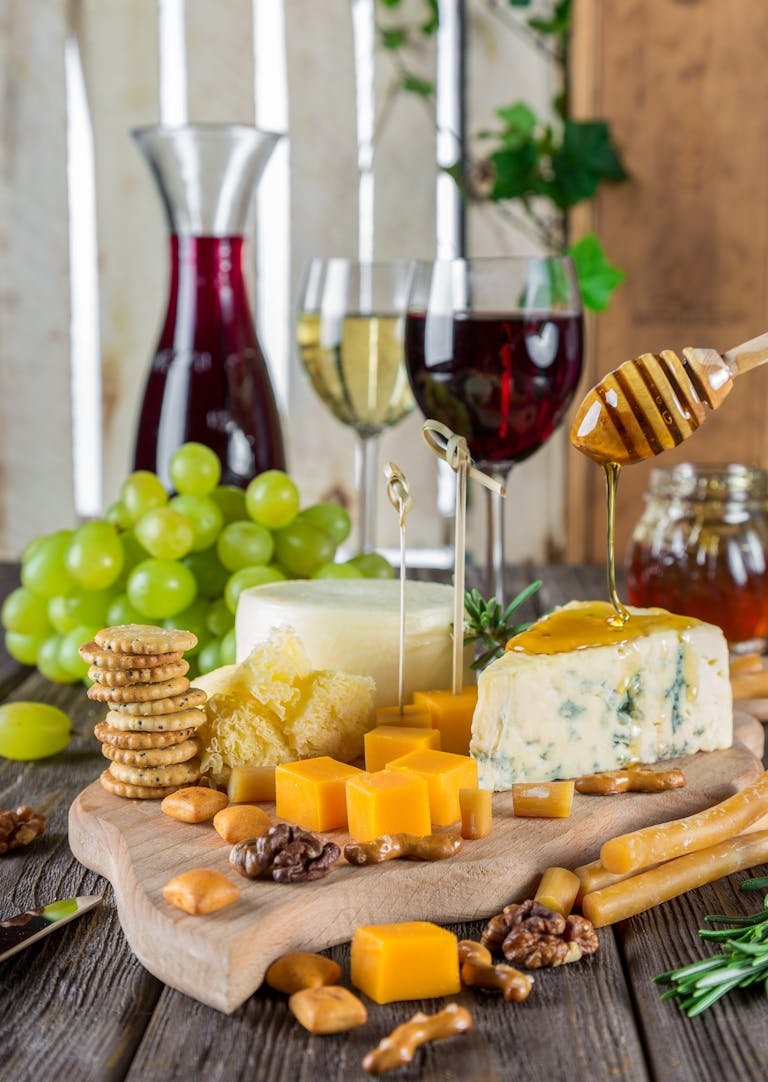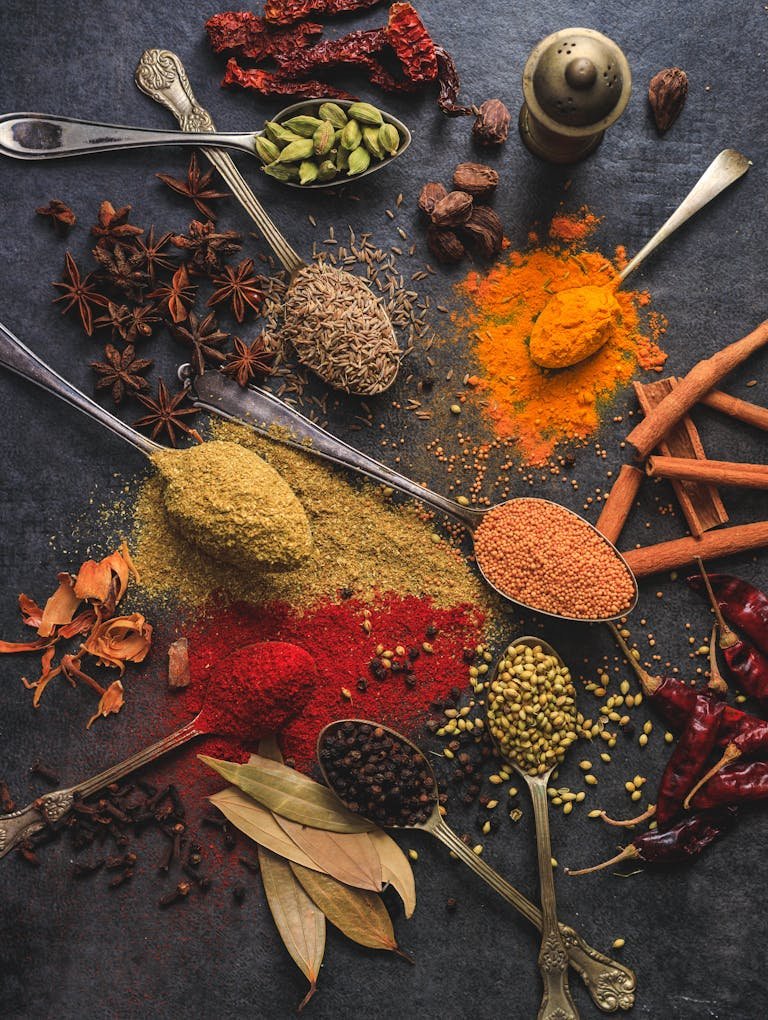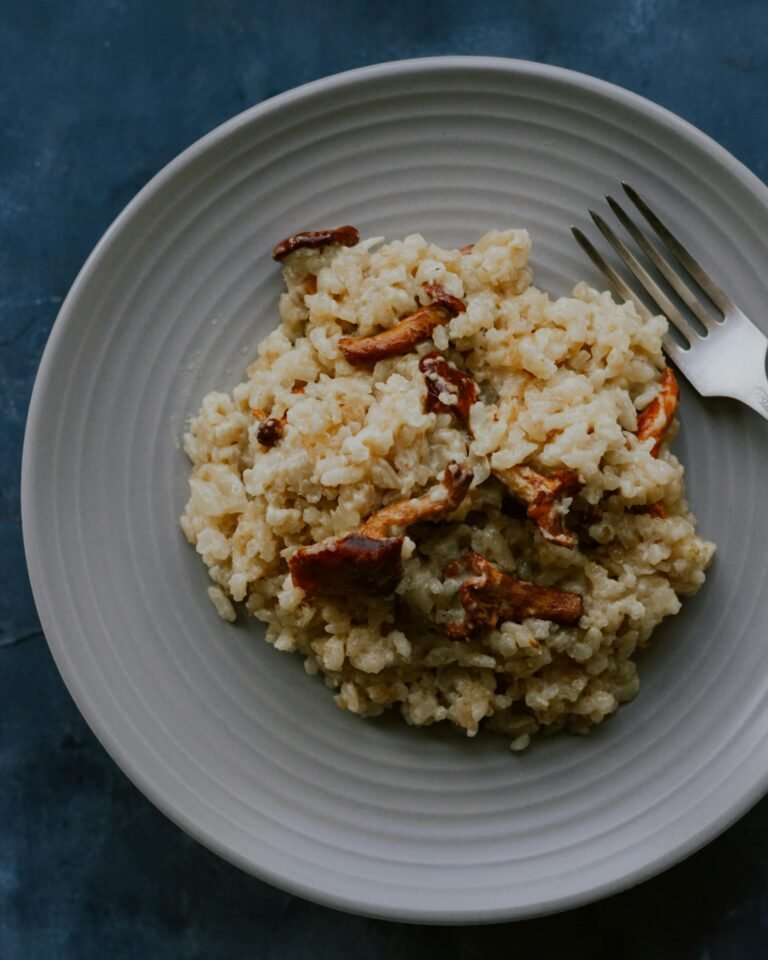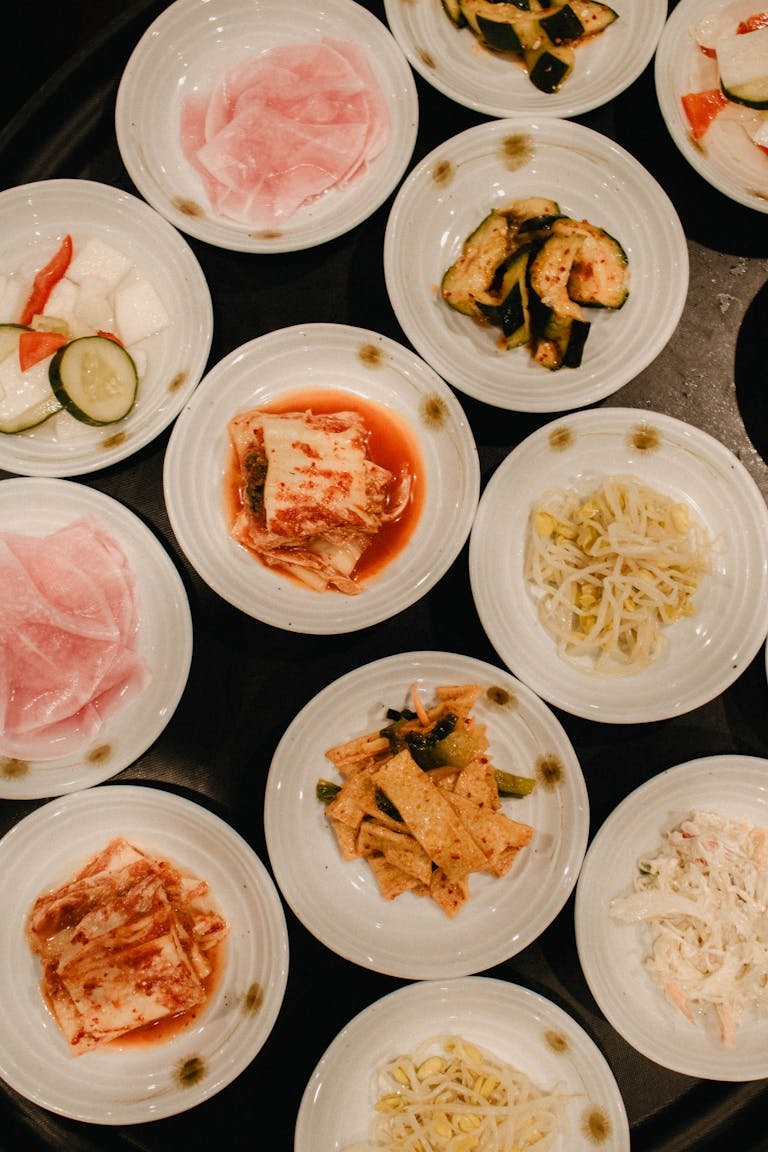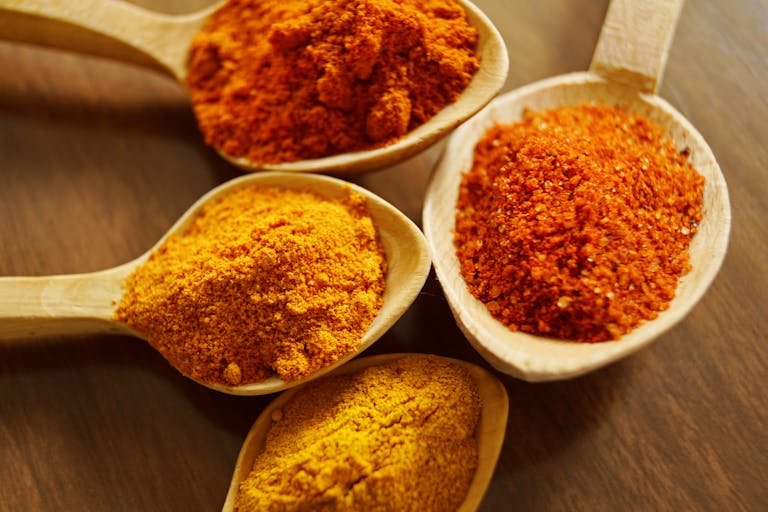5 Best Truffle Oil for Elevating Home Cooking
Discover the finest truffle oils to transform your home cooking! From authentic black truffle to white truffle infusions, the perfect oil for your cooking.
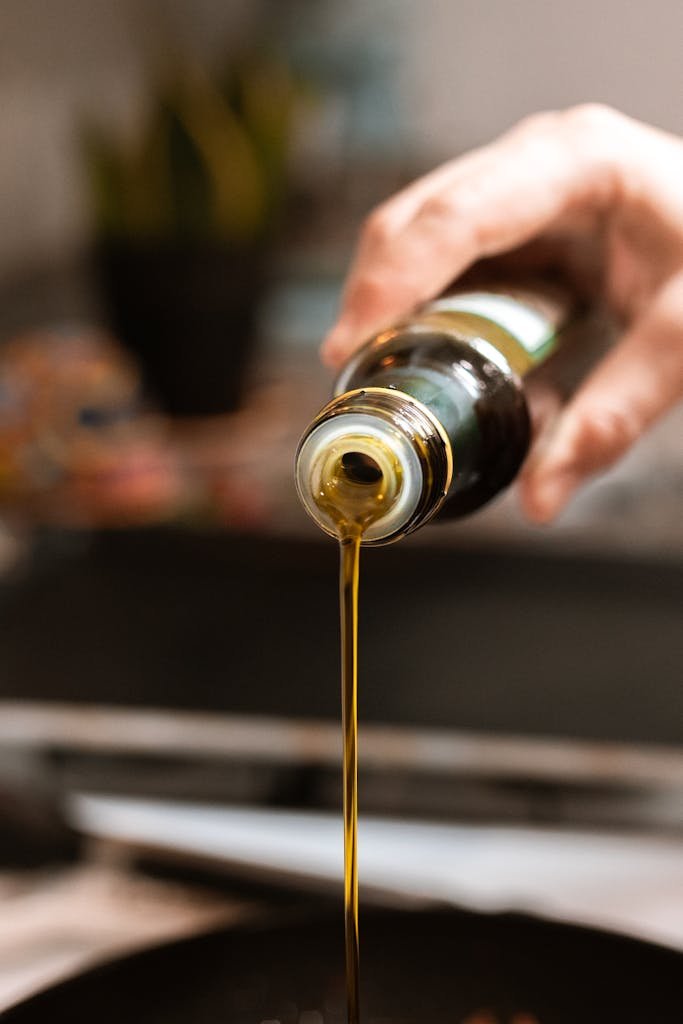
I’ll never forget the first time I encountered truffle oil. There I was, sitting in a cosy Italian restaurant, when the waiter drizzled a mysterious dark oil over my wild mushroom risotto. The aroma was intoxicating! That moment changed my entire approach to home cooking, and I’ve been experimenting with different truffle oils in my kitchen.
What Is Truffle Oil? Real vs Synthetic
So I’ve noticed there’s quite a bit of confusion about what truffle oil actually is. Here’s the thing – not all truffle oils are created equal, and some aren’t even made with real truffles at all!
Natural truffle oil is made by infusing high-quality olive oil or grape seed oil with real truffle pieces. The process is time-consuming and expensive, which explains why authentic truffle oil can cost a pretty penny. I learnt the hard way after initially buying cheap alternatives that left my dishes tasting more chemical than luxurious.
Synthetic truffle oil, on the other hand, uses laboratory-created compounds (primarily 2,4-dithiapentane) to mimic the truffle flavour. While this might sound off-putting, some synthetic oils actually produce quite good results when used properly. The key is knowing what you’re buying and how to use it effectively.
When reading labels, look for phrases like “made with real truffles” or “natural truffle pieces.” If you see “truffle aroma” or “truffle essence” listed, you’re likely looking at a synthetic product. Price-wise, expect to pay $20-$40 for a quality 100ml bottle of real truffle oil.
How is Truffle Oil Made?
Let me take you behind the scenes of truffle oil production—it’s quite fascinating! After visiting a small artisanal producer in Umbria last summer, I gained a whole new appreciation for how these oils are crafted.
There are two main methods of production, and knowing the difference will completely change how you shop for truffle oil.
Traditional Infusion Method
The traditional method is straightforward but extremely costly. Real truffles (either black or white) are carefully cleaned and sliced into thin shavings. These precious shavings are then steeped in a high-quality base oil—usually extra virgin olive oil or sometimes grape seed oil for a more neutral flavor.
The infusion process can take anywhere from several days to a few weeks, depending on the producer’s desired intensity. Some artisanal makers I’ve met even leave tiny pieces of truffle in the bottle for continued infusion (and yes, I’ve gotten quite excited spotting these little black specks in my oils!).
Modern Production Method
Here’s where things get interesting—and a bit controversial. The vast majority of truffle oils today are made using what’s called “synthetic flavoring.” The primary compound used is 2,4-dithiapentane, which perfectly mimics the signature truffle aroma.
Now, before you dismiss synthetic truffle oil (as I admittedly did at first), here’s a surprising fact: many high-end restaurants actually prefer certain synthetic oils because they offer consistent flavor and better shelf stability.
5 Best Truffle Oils for Home Cooking
Here are my top recommendations:
| Brand | Type | Size | Price Range | Best For |
|---|---|---|---|---|
| TruffleHunter Black Truffle Oil | Natural | 100ml | $$ | All-around cooking |
| Urbani White Truffle Oil | Natural | 100ml | $$$$$ | Finishing dishes |
| La Tourangelle Black Truffle | Natural/Synthetic blend | 250ml | $ | Everyday use |
| Sabatino Tartufi White | Natural | 100ml | $$$$ | Special occasions |
| Truffle Hunter White | Natural | 100ml | $$$ | Pasta dishes |
- TruffleHunter Black Truffle Oil
This has become my go-to for everyday cooking. Made with real black winter truffles, it offers a balanced flavour that won’t overwhelm your dishes. I particularly love using it to finish risottos and pasta dishes. The bottle comes with a handy dropper, which helps prevent over-seasoning – something I desperately needed when I first started cooking with truffle oil! - Urbani White Truffle Oil
This is my special occasion oil. Yes, it’s pricey, but the intensity and authenticity of the flavour is unmatched. Made with real white truffles, it’s perfect for finishing dishes. A few drops over fresh pasta or scrambled eggs creates an absolutely luxurious experience. - La Tourangelle Black Truffle Oil
This is what I recommend to my friends and family who are just starting their truffle oil journey. It’s more affordable than pure truffle oils but still delivers a lovely flavour. The larger bottle size means you can experiment without worrying too much about waste.
Which Truffle Oil is Better?
First things first – decide whether you want black or white truffle oil. Black truffle oil tends to have a more earthy, robust flavour that stands up well to cooking, while white truffle oil offers a more delicate, garlicky aroma that’s perfect for finishing dishes.
Quality indicators I always look for include:
- Dark glass bottles (light can degrade the truffle flavour)
- Clear ingredient listings
- Production date (fresher is better)
- Country of origin (Italian and French oils tend to be reliable)
Pro tip: Always store your truffle oil in a cool, dark place, and expect it to last about 6 months after opening.
Best Ways to Use Truffle Oil in Home Cooking
Right, let’s talk practical applications! Here’s my favourite quick recipe that never fails to impress:
Truffle Oil Pasta (Serves 2)
- 200g high-quality pasta (I use De Cecco linguine)
- 2 tablespoons butter
- 50g Parmesan cheese, freshly grated
- 2-3 drops of white truffle oil
- Salt and pepper to taste
- Cook pasta in well-salted water until al dente
- Drain, reserving a cup of pasta water
- Return pasta to pan, add butter and a splash of pasta water
- Stir in Parmesan
- Plate and finish with a few drops of truffle oil
- Serve immediately
Professional Tips for Cooking with Truffle Oil
Here are my top tips:
- Never cook with truffle oil – add it at the end
- Start with one drop, then taste
- Keep it away from heat and light
- Use within 6 months of opening
- Don’t be afraid to combine it with other luxury ingredients
Elevating Your Culinary Game
After years of cooking with truffle oil, I can honestly say it’s transformed my home cooking. Yes, there’s been a learning curve (and a few memorable disasters!), but the ability to add that professional touch to simple dishes makes it all worthwhile.
Remember, whether you choose a premium oil like Urbani or start with something more modest like La Tourangelle, the key is moderation and timing. Start small, experiment gradually, and most importantly, enjoy the process of discovering how truffle oil can elevate your cooking.
I’d love to hear about your experiences with truffle oil in the comments below. Have you had any kitchen disasters or triumphs? Share your stories and let’s learn from each other!

